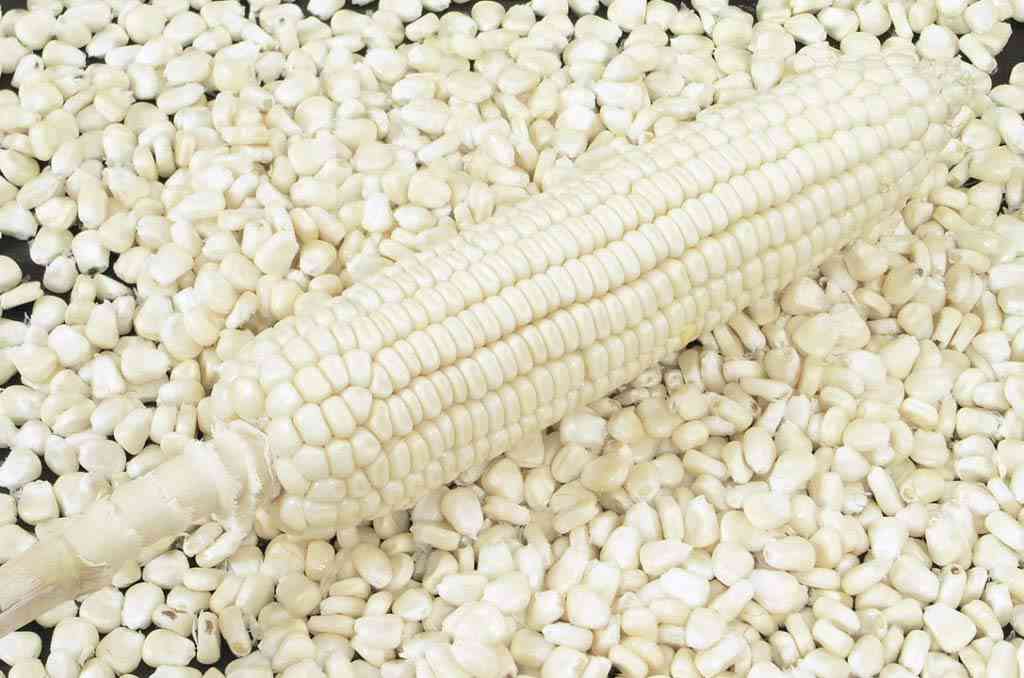
THE demand for maize firmed last week, as consumers restocked in anticipation of a looming severe drought in the current farming season.
Zimbabwe is facing a strong El Niño this season, which will potentially lead to drought conditions in the country.
El Niño is associated with increased temperatures and low rainfall, which can significantly impact agricultural productivity.
The Zimbabwe Mercantile Exchange (ZMX), the country’s leading marketplace, revealed in its latest commodities price report that maize and soya beans were on high demand.
“Regarding maize, the trading results reveal both bids and offers, with a volume of 6,16 metric tonnes (MT) and an average price of US$325. These bids and offers led to successful trades, totalling 6,16 MT at an average price of US$325, resulting in a combined value of US$2 002,” the report reads in part.
“Notably, there were no unsuccessful trades observed, which can be attributed to the high demand for maize coupled with limited supply in the market. As for soya, the trading results indicate bids and offers with a volume of 22,76 MT and an average price of US$535.
“These bids and offers resulted in successful trades amounting to 22,76 MT at an average price of US$535, yielding a total value of US$12 176.
“Similar to maize, no unsuccessful trades were recorded for soya, primarily due to the significant demand within the market for both soya and maize.”
- Challenges foreign airlines face to access blocked funds in Africa
- Zim’s AfCFTA opportunity
- The economic integration theme
- Feature: Zim needs to shift its trade matrix
Keep Reading
However, the report notes that the scenario differed for wheat, where no successful trades were observed, and no bids were placed for the offered commodity. Specifically, for premium wheat, a total of 26,30 MT was offered at an average price of US$410 per tonne.
Standard wheat had a total offering of 26,30 MT at an average price of US$390 per tonne.
“In summary, the trading results indicate successful trades for maize and soya, with no unsuccessful trades due to high market demand and limited supply,” ZMX report said.
“However, the absence of successful trades and bids for wheat suggests a different market dynamic, potentially influenced by factors, such as pricing or market conditions specific to the wheat commodity.”
The report shows that in the sunflower market, the average price has remained stable at US$500 over the past week. There have been no significant fluctuations in the 30-day high and low prices, with both recorded at US$500.
It said the import parity ranges for sunflower spans from US$577 to US$617, providing an indication of the expected import prices for this commodity.
For the remaining commodities listed, including ground nuts, round nuts, rapoko, cow peas, millet, and sugar beans, their prices have remained constant without any significant changes.
ZMX is now part of the African Continental Free Trade Area commodity exchanges that facilitate cross-border trading in the region.
It was created to lessen the difficulties local farmers face in their operations with regard to warehousing and price discovery for agricultural commodities.
The platform also aims to address issues that farmers face while marketing their agricultural products, such as inadequate or improper storage facilities and restricted, frequently expensive logistics.
Due to the issues, farmers suffered large post-harvest losses.
Strategic grains, barley, coffee, groundnuts, macadamia nuts, millet, oats, pecan nuts, rapoko, rice, sorghum, sugar beans, tea, cow peas, and round nuts are among the agricultural commodities that can be traded using ZMX's system.










